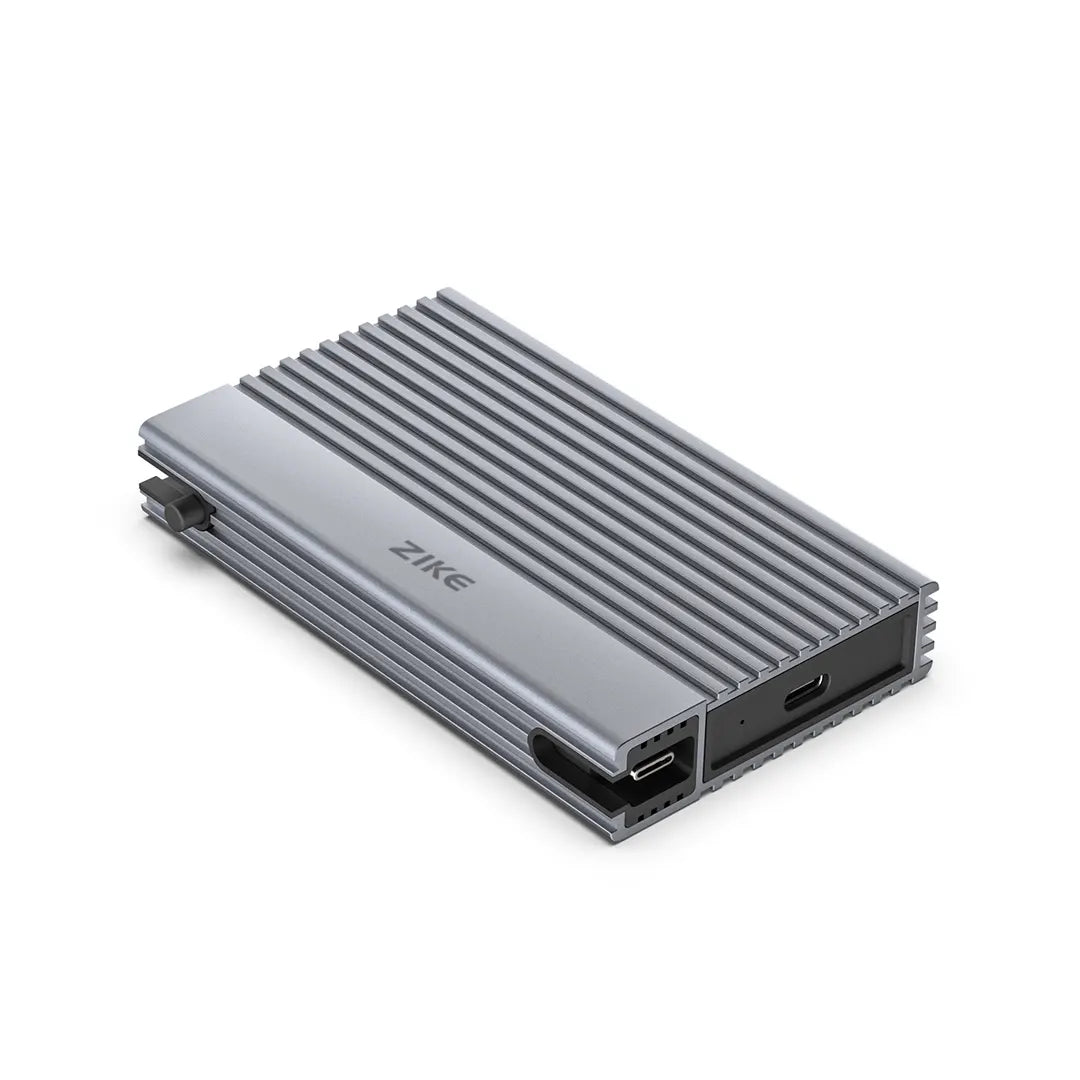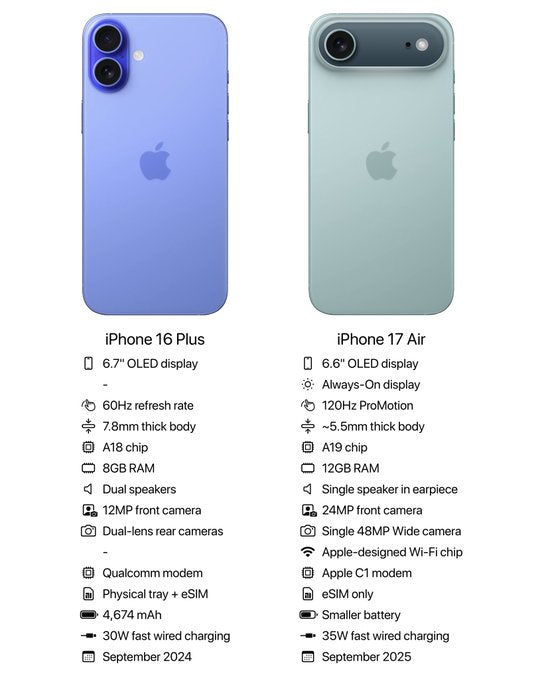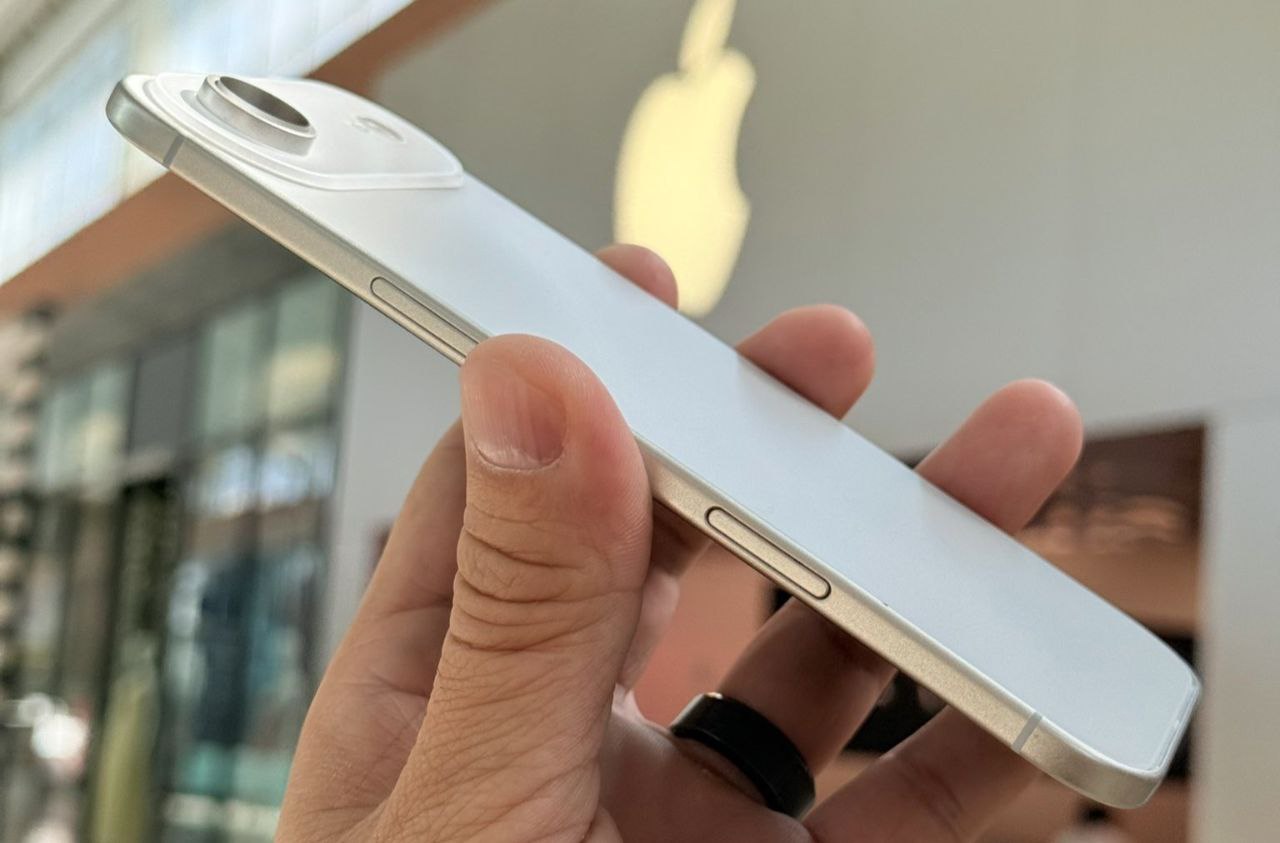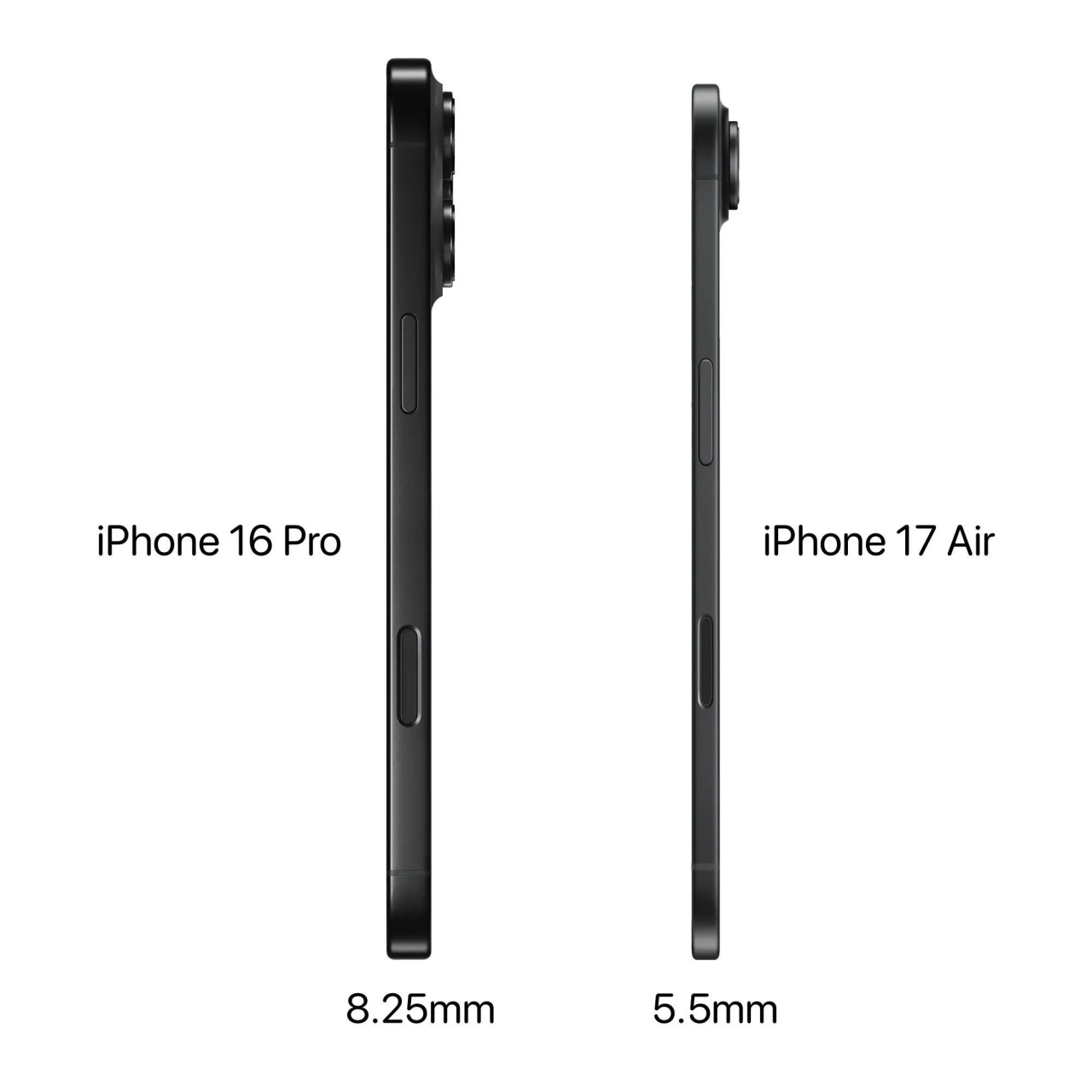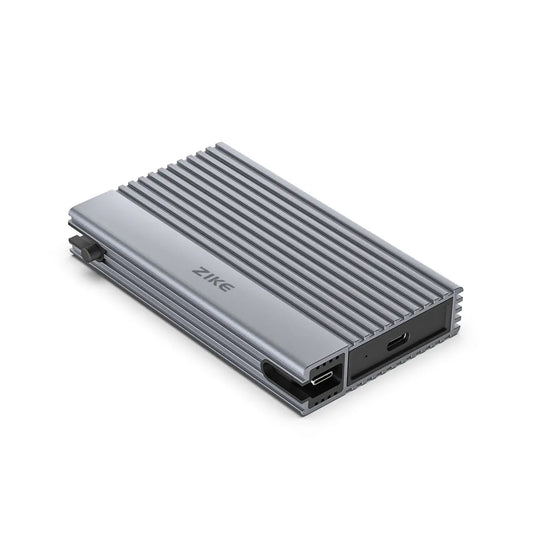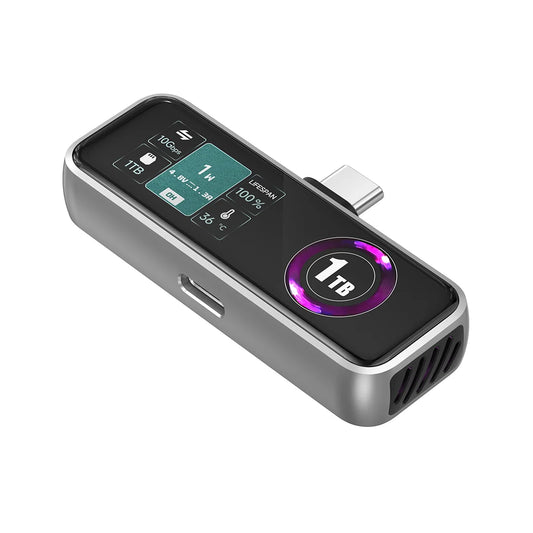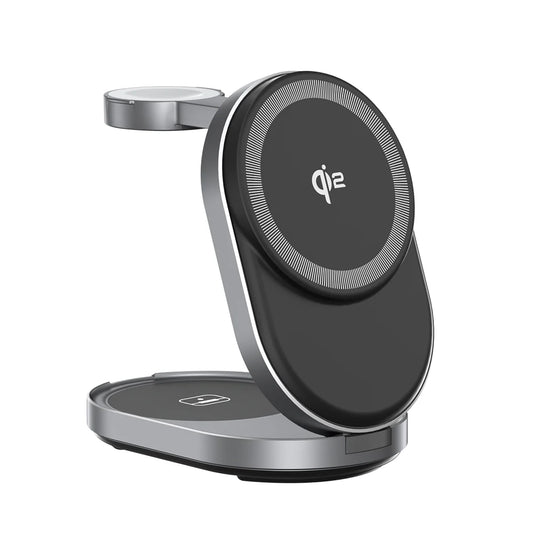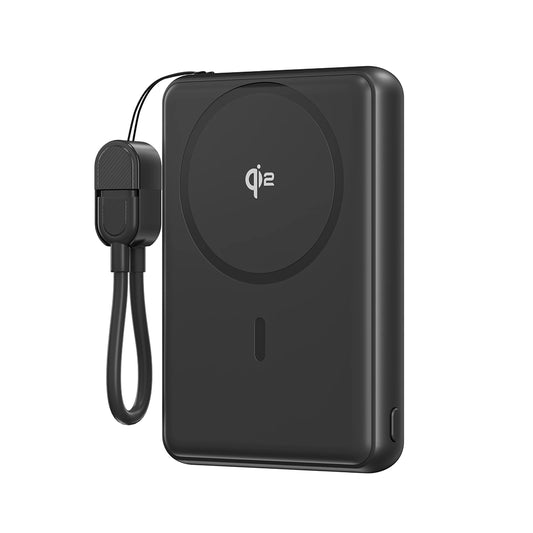iPhone 17 Air Battery Breakthrough: Is This Apple’s Thinnest, Longest-Lasting iPhone Yet?
May 21, 2025 | Words by Jackson
Buckle up, Apple fans—the iPhone 17 Air is coming, and it’s thinner than a supermodel’s yoga mat.
Leaks are flying faster than a 5G signal, and the latest scoop from the supply chain is juicy: a silicon anode battery that boosts battery life by 15%, an eSIM-only setup, and a 5.5mm wafer-thin design that makes the iPhone 16 look like a brick.
But is this ultra-slim marvel the future of smartphones or a battery life nightmare waiting to happen?
Let’s unpack the iPhone 17 Air battery rumors, the eSIM switch, and what it all means for you. Spoiler: you might need to rethink your SIM card game.
Contents:
- A Battery That Packs a Punch
- eSIM-Only: The Future or a Headache?
- Thinner Than Thin: The 5.5mm Design
- What’s Missing? Camera and Speaker Trade-Offs
- Should You Wait for the iPhone 17 Air?
- What’s Next for Apple Fans?
A Battery That Packs a Punch
The star of the iPhone 17 Air leaks is its iPhone 17 Air battery, and it’s not your average juice pack.
According to HK01, Apple’s partnering with TDK to roll out a silicon anode battery, ditching traditional graphite for a 15% boost in energy density.
Translation? More power in less space—crucial for a phone thinner than your favorite paperback.
TDK’s CEO, Noboru Saito, says production’s ahead of schedule, with shipments starting June 2025 for a September launch.
Why’s this a big deal? A 15% battery life bump could mean an extra hour or two of scrolling X or binge-watching Stranger Things without hunting for a charger.
But there’s a catch: posts on X, like from @landiantech, peg the battery at ~2,800mAh, which is puny compared to the iPhone 16 Pro’s ~3,600mAh.
Will that 15% boost be enough? If you’re a power user, you might still be glued to a power bank.
Key Takeaway: The silicon battery sounds like a tech flex, but don’t expect miracles from a 2,800mAh cell.
eSIM-Only: The Future or a Headache?
Say goodbye to your physical SIM card—the iPhone 17 Air is going eSIM-only, per supply chain leaks.
Apple’s been nudging us toward eSIM since the iPhone 14 (in the U.S.), but this global shift could ruffle feathers.
Why? Not every country’s telecoms are eSIM-ready, and switching carriers can feel like solving a Rubik’s Cube blindfolded.
On the plus side, eSIMs save space (hello, thinner phone) and make carrier switches digital—no more tiny SIM ejector tools.
But if you’re traveling to a rural spot or a country stuck in the SIM card Stone Age, you might be out of luck.
Check with your carrier before you commit, and read up on eSIM setup at Apple’s support page.
Pro Tip: Back up your eSIM data to iCloud to avoid losing your number during a phone switch.
Key Takeaway: The iPhone 17 Air eSIM move is sleek but risky—plan ahead if you’re not in an eSIM-friendly region.
Thinner Than Thin: The 5.5mm Design
At just 5.5mm thick, the iPhone 17 Air thin design is Apple’s slimmest iPhone ever, per leaks from @MajinBuOfficial and others.
It’s so thin you could probably slip it under a door. This featherweight champ replaces the Plus model, aiming for users who want style without the bulk. But thinness comes at a cost—literally and figuratively.
Posts on X suggest the iPhone 17 Air might start at $799, but some whisper it could top the iPhone 16 Pro Max’s price tag.
That’s a lot for a phone that might slide out of your pocket like a bar of soap. Still, the sleek vibe could be a fashion statement, especially in new colors like the rumored “Dark Titanium.”
Key Takeaway: The iPhone 17 Air’s design is a head-turner, but you’ll pay a premium for that runway-ready look.
What’s Missing? Camera and Speaker Trade-Offs
To achieve that ultra-thin frame, Apple’s making sacrifices.
The iPhone 17 Air reportedly drops the ultra-wide camera, sticking with a single 48MP lens in a horizontal bar (hello, Pixel vibes).
It also nixes a second speaker for mono audio, per @TheGalox_. For casual snappers and Spotify listeners, this might not sting, but if you’re a photography buff or love stereo sound, the Pro models might be calling your name.
On the bright side, the 48MP camera still promises crisp shots, and Apple’s new C1 chip boosts efficiency to stretch that tiny battery. Check out our iPhone 17 Pro rumors for a beefier camera setup.
Key Takeaway: The iPhone 17 Air trades features for thinness—decide if style trumps substance for you.
Should You Wait for the iPhone 17 Air?
Wondering if you should hold off on that iPhone 16 upgrade?
The iPhone 17 Air’s silicon battery and eSIM-only setup are exciting, but the 2,800mAh capacity and missing features raise red flags.
If you’re all about portability and don’t mind charging twice a day, this could be your dream phone.
But if you need all-day battery or dual cameras, the iPhone 17 Pro might be a safer bet.
Price is another hurdle. At $799-$1,000, the Air isn’t cheap, and eSIM compatibility could trip you up in some regions. Check MacRumors for the latest leaks to stay informed.
Reader Solution: Compare your needs (portability vs. power) and carrier’s eSIM support before jumping in. Waiting for WWDC 2025 could clarify specs and pricing.
What’s Next for Apple Fans?
The iPhone 17 Air is shaping up to be Apple’s boldest experiment yet, but leaks are just the appetizer.
Expect Tim Cook to drop the full scoop at WWDC 2025, likely in June.
Until then, follow X for real-time updates (tag #iPhone17Air) and check Apple’s iPhone page for official hints.
Got a hot take on the Air’s thin design? Share it below or tweet us on X!
Related product recommendations:
-
ZikeDrive USB4 NVMe SSD-Gehäuse Z666
Normaler Preis $109.00 USDNormaler Preis$129.00 USDVerkaufspreis $109.00 USDSale -
ZIKE Z791C Next Level USB-C Magnetic Extended Storage for iPhone 17/16/15 Series
Normaler Preis Von $99.99 USDNormaler Preis$139.99 USDVerkaufspreis Von $99.99 USDSale -
ZIKE Z855 3‑in‑1 Qi2 Magnetic Foldable Wireless Charger – 15W Fast Charging for iPhone & More
Normaler Preis $99.99 USDNormaler Preis$139.99 USDVerkaufspreis $99.99 USDSale -
ZIKE Z1051/Z1052A Solid-State MagSafe Power Bank (5000mAh & 10000mAh) for iPhone 17/16
Normaler Preis Von $39.99 USDNormaler Preis$79.99 USDVerkaufspreis Von $39.99 USDSale
